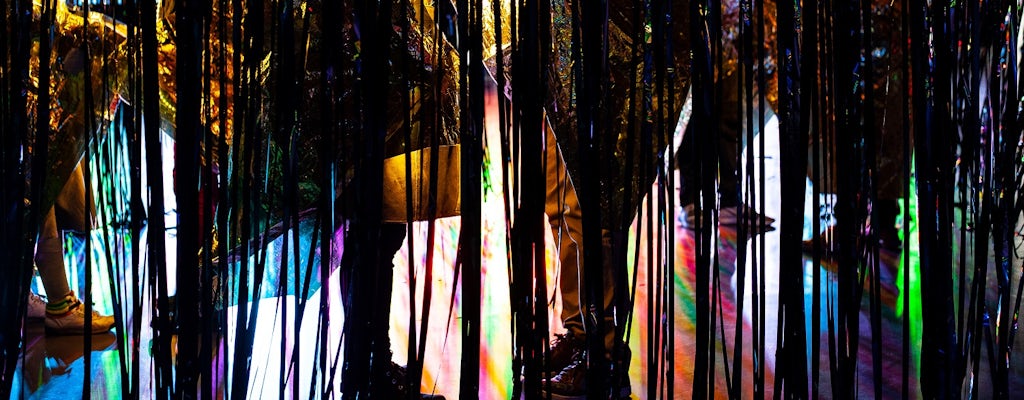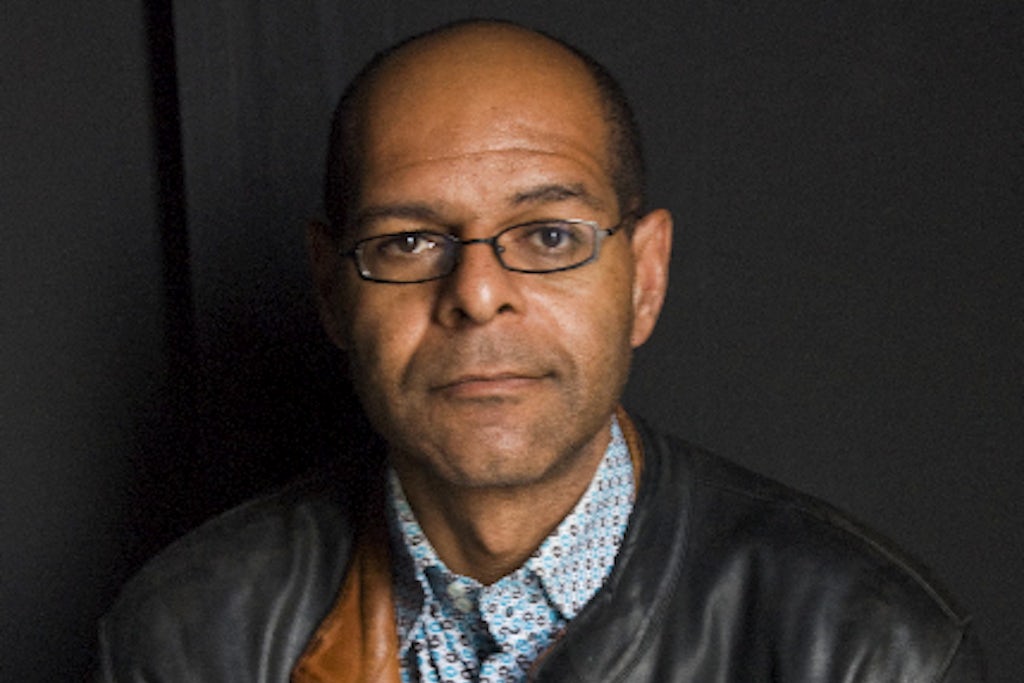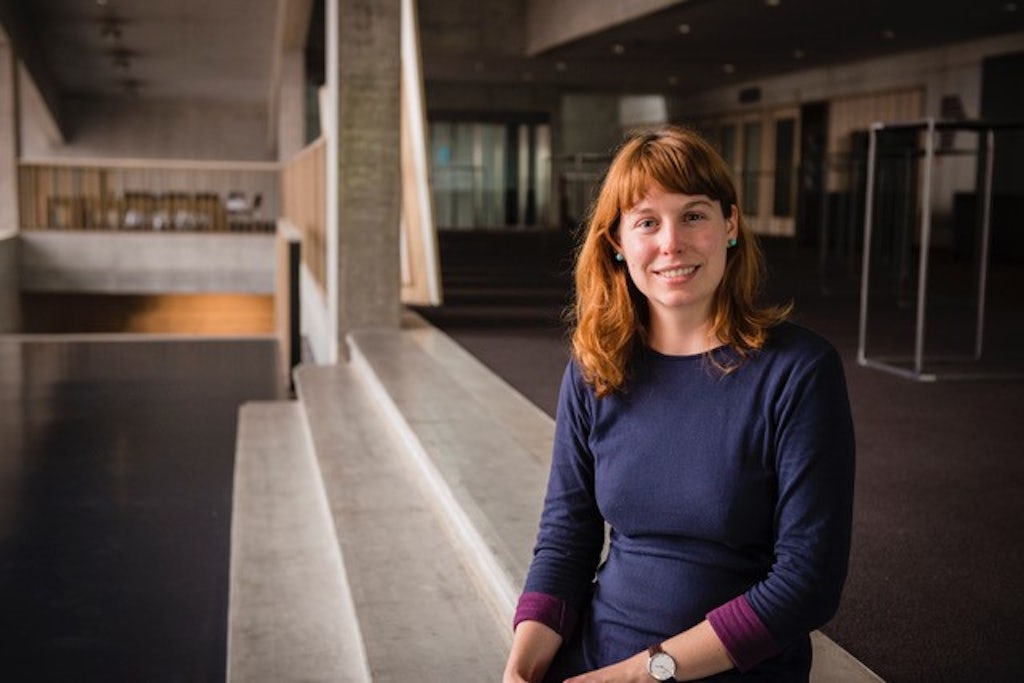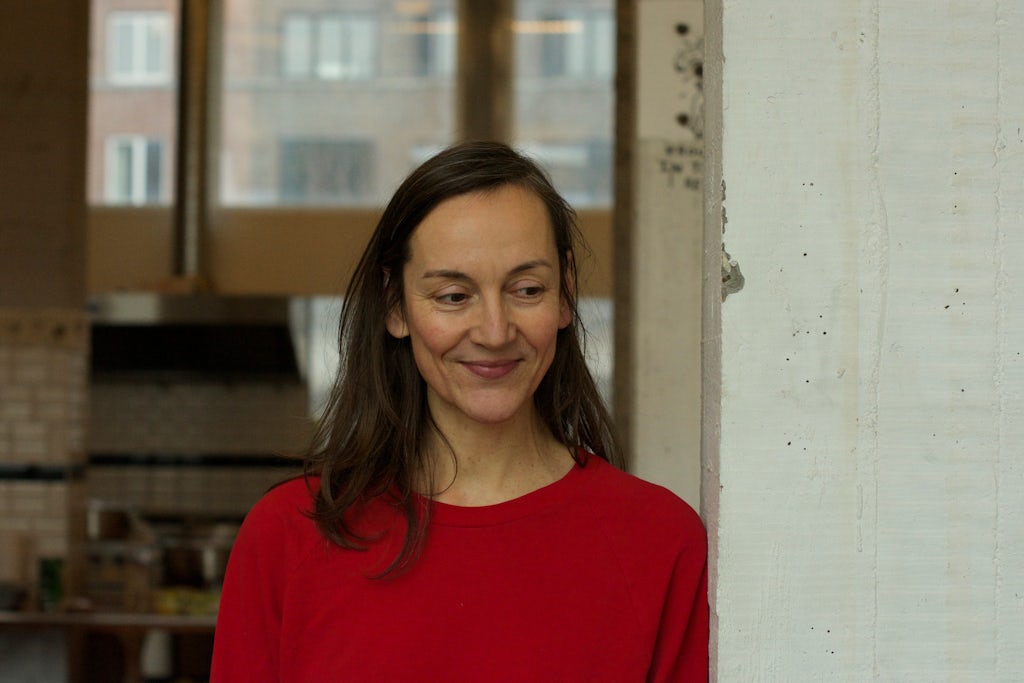Visual artists have the lowest income on average of all artists. Many receive no compensation for their work. But what is the correct remuneration for visual artists and freelance curators? A brand new visual arts guideline and associated compensation calculator provide a clearer answer to this than ever before. The guideline and the compensation calculator are important instruments in the path towards increasing fair practice in the visual arts.
Research shows that only 30% of artists indicate that they are remunerated for creating or exhibiting their own work. Research and prospecting, often time-intensive work, are also usually not reimbursed. To make ends meet, many visual artists therefore combine their artistic practice with a paid job outside the sector. Despite the increased attention for fair practice and fair pay in the arts sector, there is still a deep-rooted tradition of remunerating artists and curators with symbolic capital – think of prestige or networking opportunities.
In addition, each organisation has its own wage policy. Research by Eva Vanacker shows that only some of the organisations allocate a separate amount for remuneration in the production budget. If an organisation foresees a wage, this usually concerns fixed amounts per project or exhibition that are not linked to the amount of work involved. Moreover, practices regarding compensation differ greatly among organisations. As a result, artists and curators are often alone – and therefore in a weak position – in a negotiation.
Remunerate investment in time
This shouldn’t be the case. Which is why Flanders Arts Institute brought together representatives of artists, arts organisations and freelance curators to develop a guideline for remuneration in the visual arts. (Structurally) subsidised organisations, artists and freelance curators can make use of this guideline. An innovative aspect of the guideline is the focus on time as a basis for determining compensation, linked to the applicable minimum wage scales. After all, correct remuneration is best based on an estimate of the time investment required for the work, from preparation through production, to the installation of a work of art and for all other related activities. In addition, much attention is paid to the project budget, the fee for using an existing work of art, and other financial arrangements. On the basis of the guideline, Cultuurloket also developed a compensation calculator that makes calculating remuneration much easier for all. The guideline and compensation calculator facilitate the conversation between parties who want to cooperate in a fair manner, and help to make concrete arrangements.
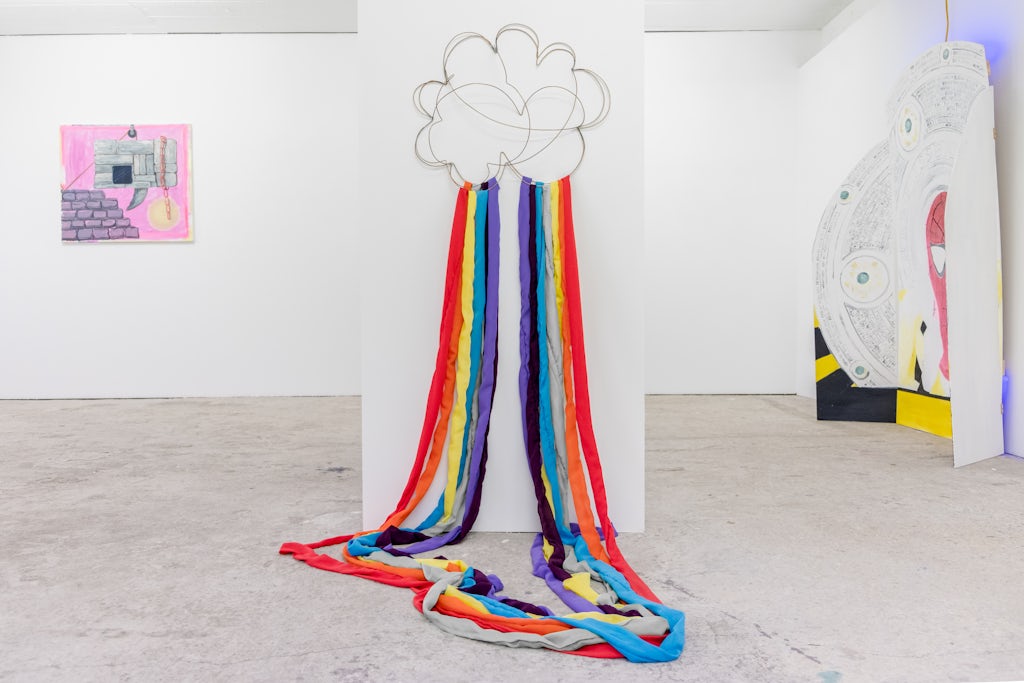
Widely supported
This guideline can only be implemented in practice if it is widely supported. Therefore, its development is the result of an intense process involving multiple partners. In October 2020, Flanders Arts Institute brought together a working group to develop a guideline with broad support for the visual arts. This working group included members of the Visual Arts working group of oKo (supervised by Els Vanheusden, Niek Verlinden and Anne-Marie Croes), NICC (represented by Yannick Ganseman), SOTA (State of the Art – represented by Katrien Reist) and a pool of artists and freelance curators. Cultuurloket (represented by Marie-Louise Reedijk) was involved as an expertise centre for business support for the cultural sector. The contemporary art museums united under the CAHF (Contemporary Art Heritage Flanders) joined this project during the course of 2021.
Embedded in existing frameworks
Thus, a broad alliance of subsidised organisations, artists and freelance curators has jointly developed the guideline and is prepared to apply it. This fulfils the most important condition for the framework actually being implemented. In addition, within Juist is Juist, the visual arts guideline fits the agreements that artists, art sector workers and art organisations have made regarding fair cooperation in the arts, and is based on the existing CLA Culture dissemination with Joint Committee 329. Thus this initiative is place within existing systems that stimulate and facilitate correct remuneration.
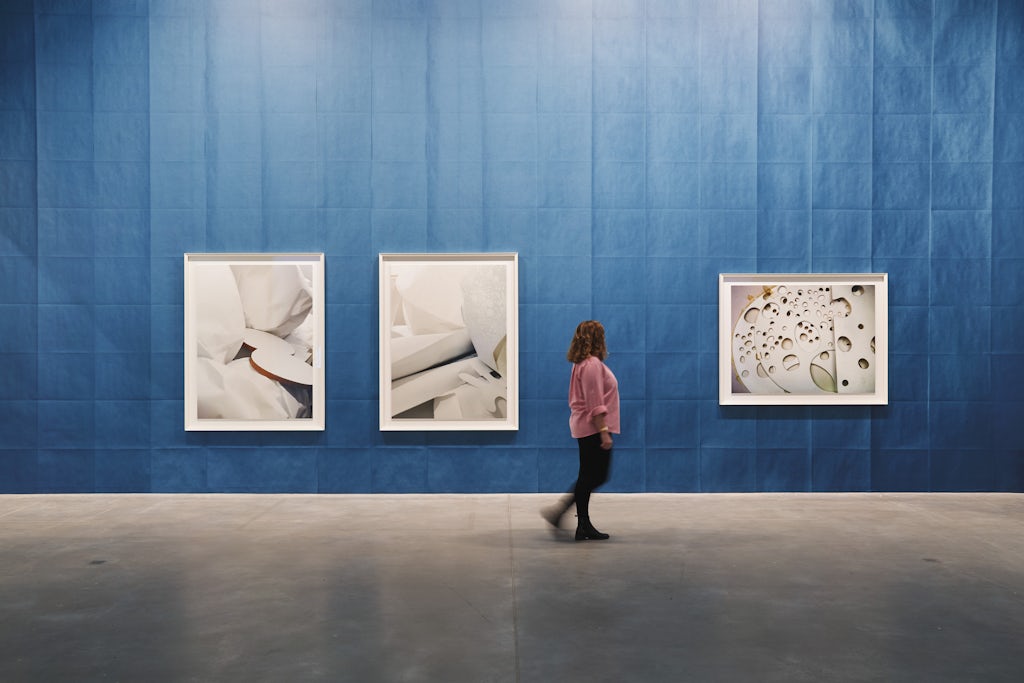
Making the transition
In his vision statement, Minister Jambon indicated that he wants to strengthen the position of the visual arts sector and of individual artists by, among other things, developing a calculator for fair remuneration. In addition, organisations that are subsidised on a project or structural basis through the Arts Decree commit themselves to correctly remunerate all collaborators who work temporarily on projects, including artists and freelance curators. Also important: the principles that form the basis of Juist is Juist have been included in the Arts Decree.
Art organisations that apply for an operating subsidy from the Flemish government draft their plans and calculate their budgets in December 2021 for the period 2023-2027. The fact that the guideline is now available provides organisations with all the tools they need to complete the remuneration transition in the next subsidy period.
